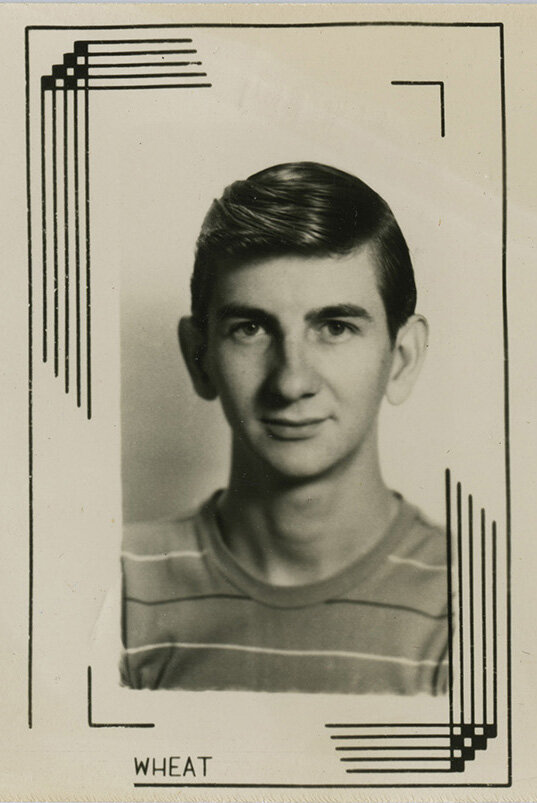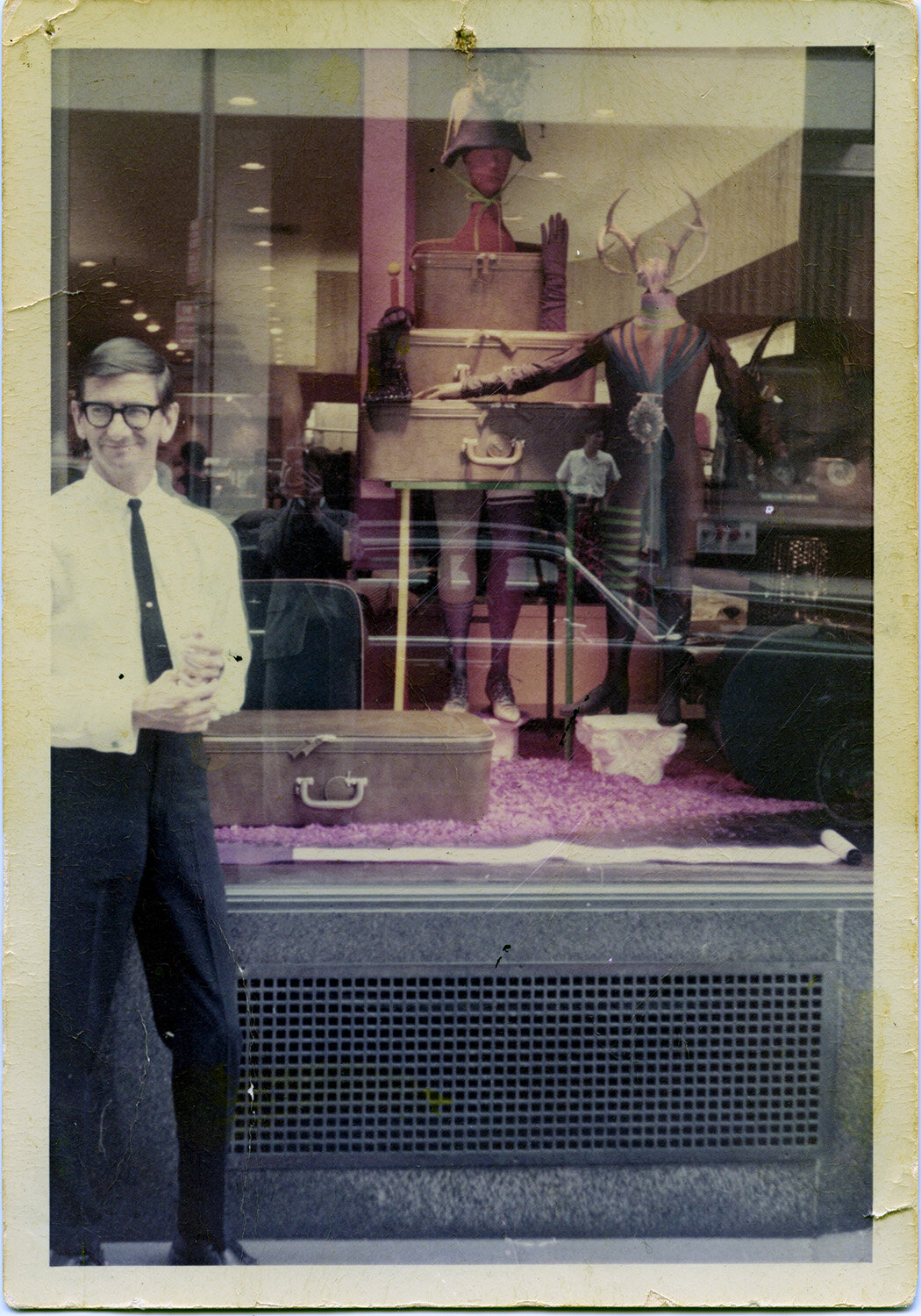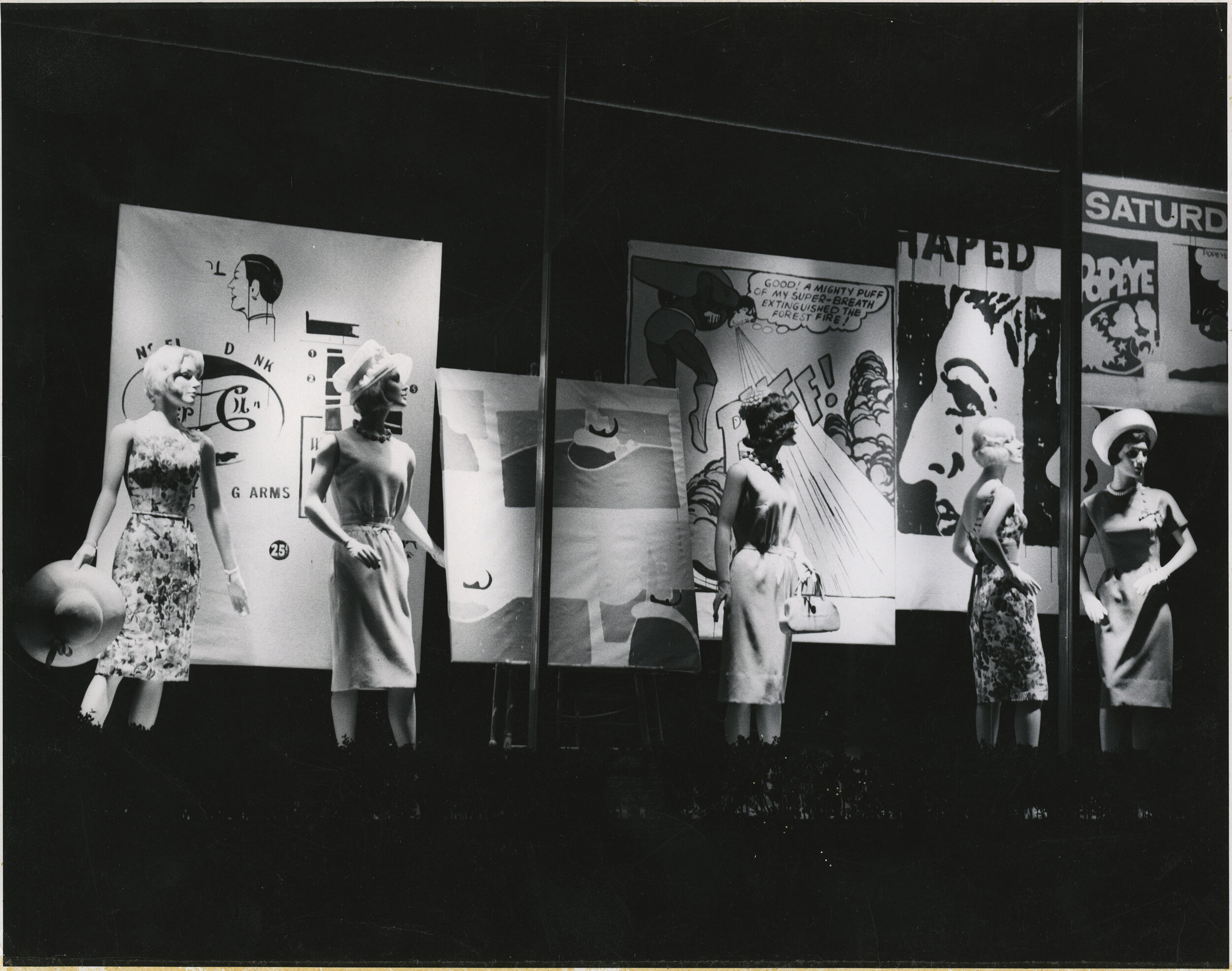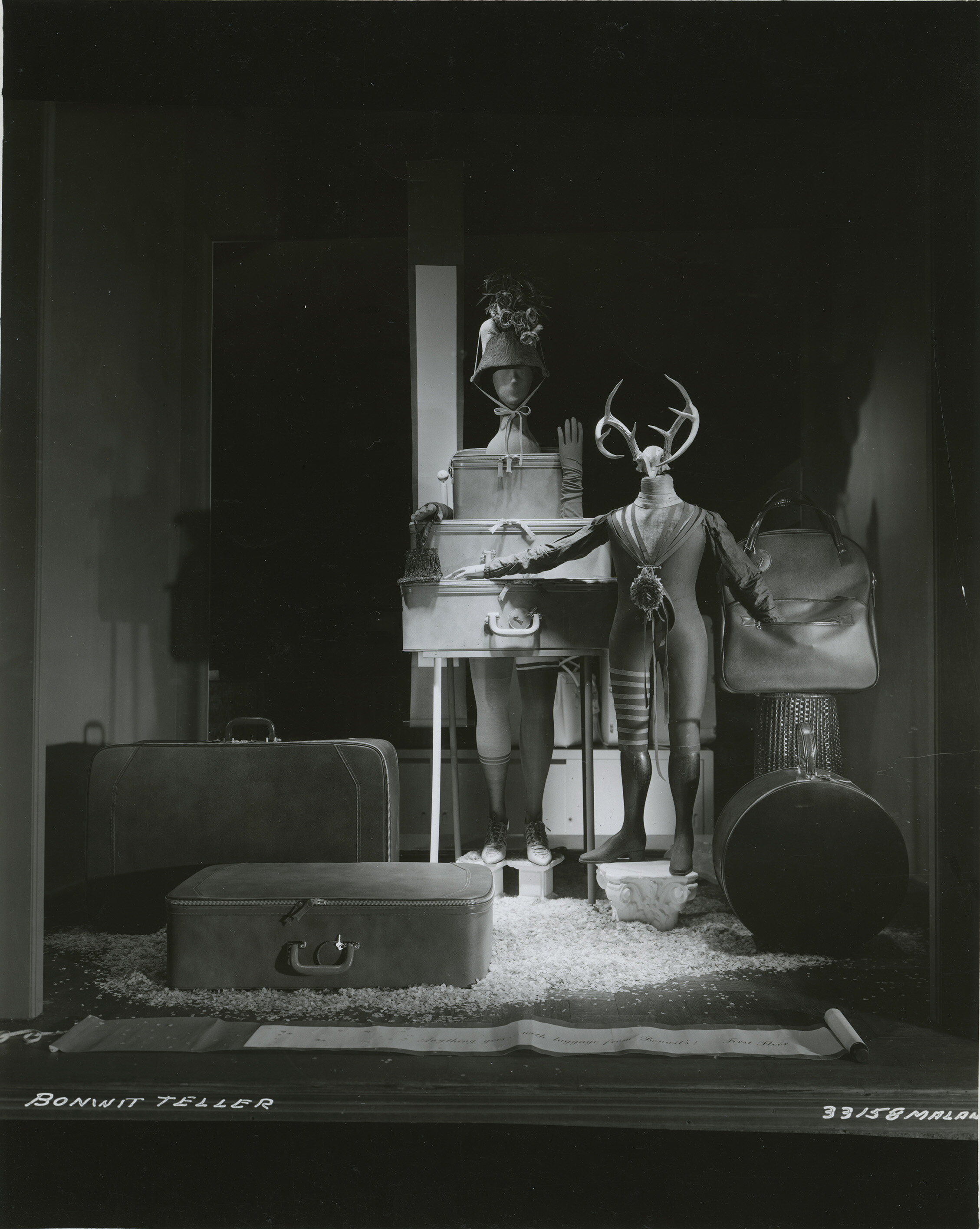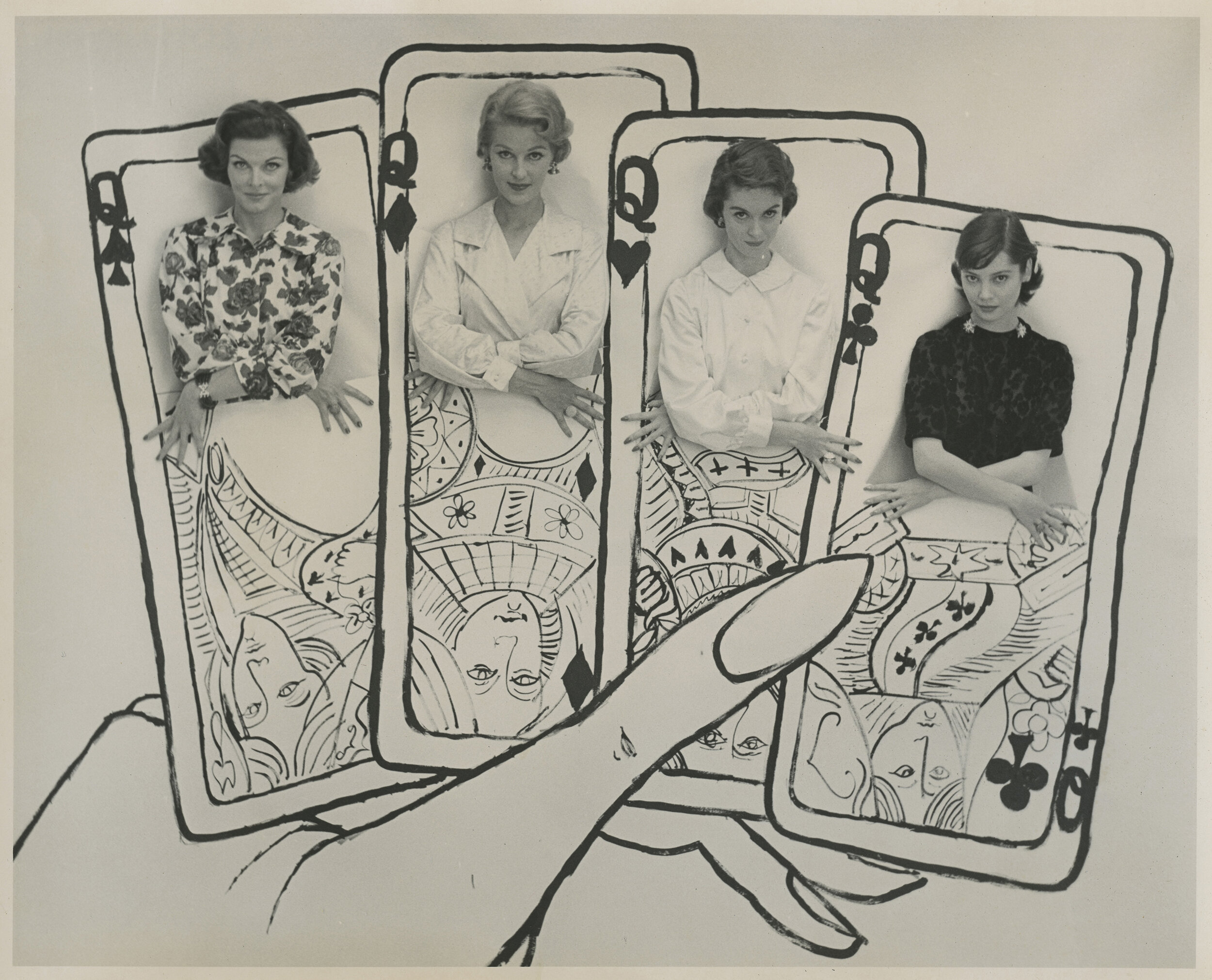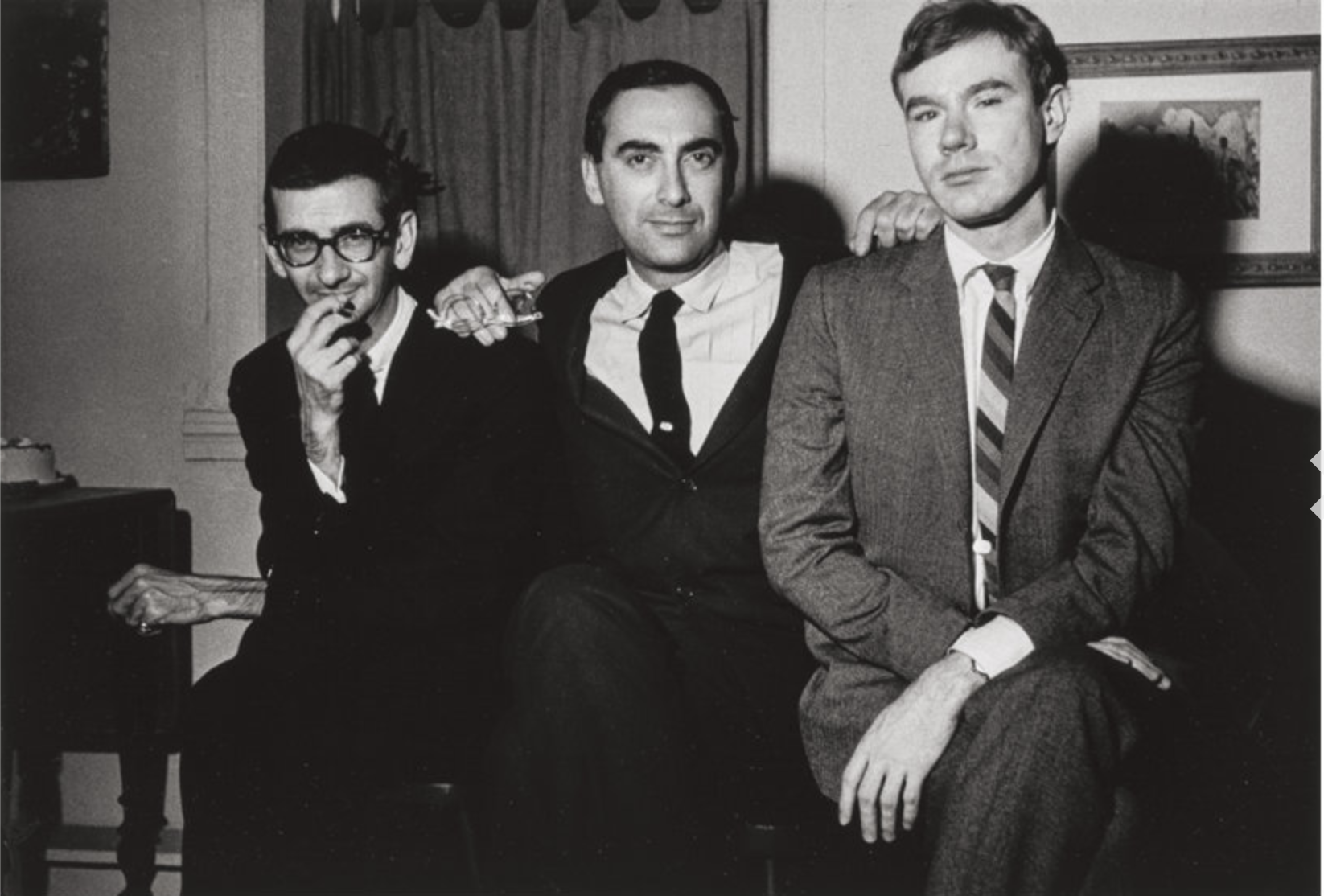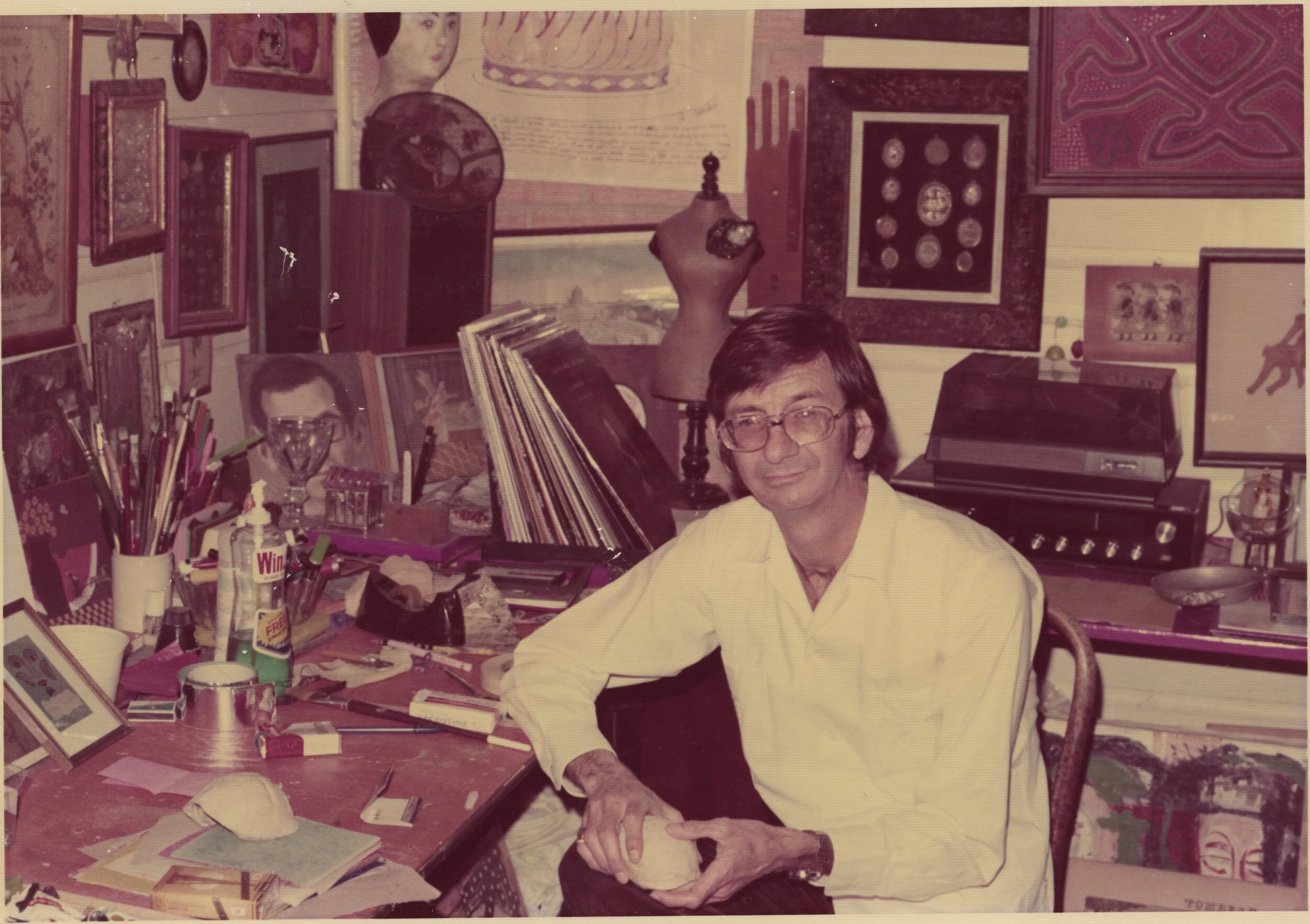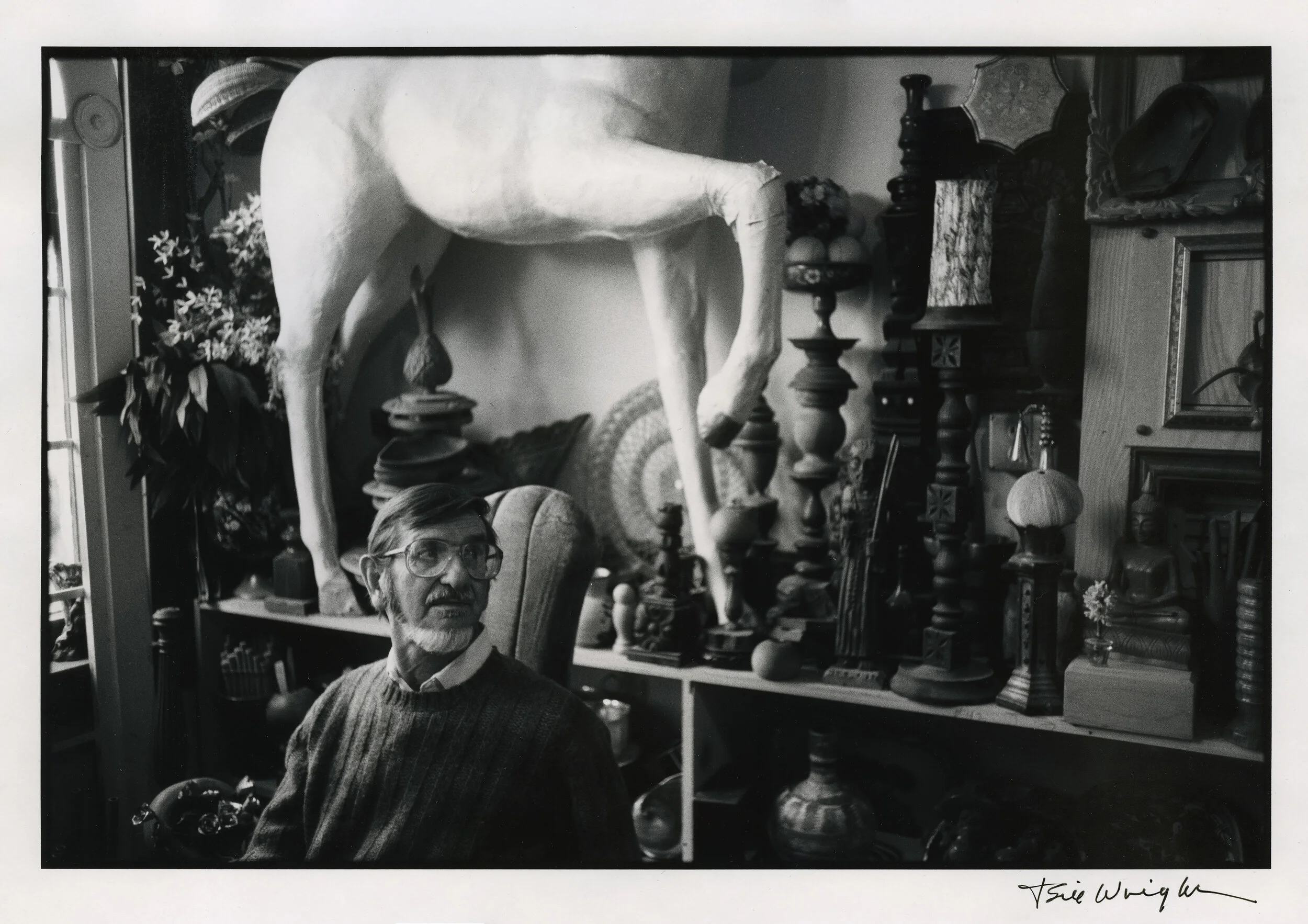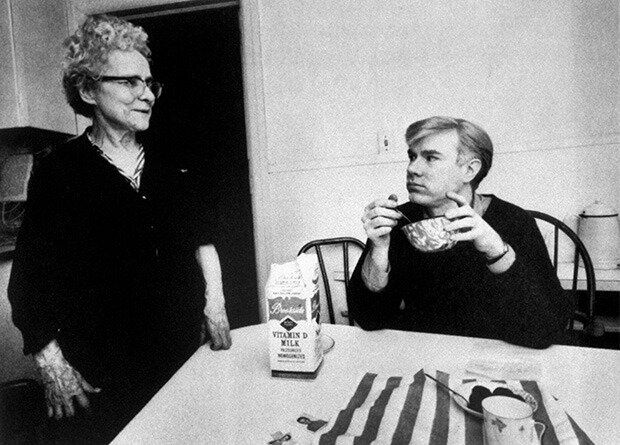Illustrated Happy Hour: Clint Hamilton + Andy Warhol
Tags: Andy Warhol, art, celebrity, Clint Hamilton, Illustrated Happy HourJ. CLINT HAMILTON
by Judy Tedford Deaton
Clint Hamilton, High School
In 1951 Hamilton moved to New York City in to pursue a career as a free lance artist. He established a successful career as a commercial artist and created window displays after being discovered by Gene Moore, Tiffany’s famous window designer. Window displays created by Hamilton for Bonwit Teller and Tiffany’s became know for their inclusion of art work by struggling up and coming artists who could not obtain gallery representation. Hamilton’s art appeared in his display windows and he arranged for his friend and fellow struggling artist, Andy Warhol to have his first exhibit in one of Hamilton’s window designs for Bonwit Teller. Warhol, Hamilton and Nathan Gluck later exhibited their work at the avant-garde Loft Gallery in New York City. While in New York, Hamilton studied painting at the New School for Social Research.
Clint Hamilton was born James Clinton Hamilton in Abilene, Texas in 1928. Hamilton showed early artistic talent and studied art at McMurry University while he attended high school. Upon graduation from Abilene High School in 1947, Hamilton moved to Dallas. For two years he worked designing and creating window displays for Sanger Brothers department store and studied figure drawing at Southern Methodist University where he was awarded a scholarship when one of his drawings won a competition sponsored by the Dallas Fine Arts Museum (now the Dallas Museum of Art).
CLINT HAMILTON, Bonwit Teller Window, c. 1950s-60s, New York
In 1951 Hamilton moved to New York City in to pursue a career as a free lance artist. He established a successful career as a commercial artist and created window displays after being discovered by Gene Moore, Tiffany’s famous window designer. Window displays created by Hamilton for Bonwit Teller and Tiffany’s became know for their inclusion of art work by struggling up and coming artists who could not obtained gallery representation. Hamilton’s art appeared in his display windows and he arranged for his friend and fellow struggling artist, Andy Warhol to have his first exhibit in one of Hamilton’s window designs for Bonwit Teller. Warhol, Hamilton and Nathan Gluck later exhibited their work at the avant-garde Loft Gallery in New York City. While in New York, Hamilton studied painting at the New School for Social Research.
L-R: Clint Hamilton, Nathan Gluck, Andy Warhol by Edward Wallowitch c. 1955, New York
As Pop Art emerged form Neo-Dada, Hamilton traveled and worked in art circles that included Andy Warhol, Max Ernst, Joan Miro, Jasper Johns, Robert Rauschenberg, Richard Avedon and other notable artists who were transforming the fine art world in the United States and abroad. The clash between fine art and popular culture continued as a major theme in the art and work of Clint Hamilton throughout his life.
In 1967, ill health brought Hamilton back to Abilene. Hamilton continued his art career with free lance work for Neiman Marcus in Dallas and creating notorious fantasy window displays for Grissoms department store in down town Abilene. After a short return to New York in 1970’s, Hamilton came back to Abilene to stay, where he became the undisputed Archduke of Art for the City of Abilene and the surrounding area. Hamilton was instrumental in creating the Artists League of Texas (now the Center for Contemporary Art) and became the resident artist of ALOT. Hamilton’s legacy to Abilene includes the Center for Contemporary Art, Museums of Abilene (now The Grace Museum), active participation in the Big Country Art Association, The Paramount Theater, Ballet Abilene, and the Opera Guild as well as the Dirty Drawers (weekly figure drawing group). Working with aspiring artists of all ages, abilities and backgrounds was an extension of his philosophy that art making is an inclusive process. His talent, wit and intelligence inspired countless artists, collectors and friends to see art as an active and vital extension of life.
BILL WRIGHT, Clint Hamilton, CCA Studio, 1993.
Hamilton was a prolific artist throughout his life creating drawings, prints, paintings, collage work, commercial art, assemblage constructions as well as installations. The majority of his work is held in private collections throughout the United States.
ANDY WARHOL
Julia and Andy Warhol.
There was nothing more elusive to interviewers than Andy’s past. He loved to give one-word answers, deflect questions, or even outright lie to them. Because of this it was difficult to really get to know who Warhol was and where he came from. Warhol said himself, “I’d prefer to remain a mystery. I never like to give my background and, anyway I make it all up different every time I’m asked. It’s not just that it’s part of my image not to tell everything, it’s just that I forget what I said the day before, and I have to make it all up over again.” Although Andy may have seemed distant from him family, that was actually very untrue. Andy’s mother, Julia Warhola, lived with him in New York City from 1952 until 1970. It was Julia that inspired Andy to pursue art.
Julia was born in what is now called Slovakia, where she learned a variety of arts and crafts from her immediate family, who deeply valued the arts. She loved to sing, and often sang the folk songs she had learned as a young girl. She also practiced embroidery, hand-making paper and tin flowers, and decorating eggs. What most influenced Andy, however, was Julia’s drawing and calligraphy. Julia loved to draw, and her art most often featured cats and angels. In 1957, five years before Andy’s Campbell’s Soup Cans, Julia illustrated a small book called Holy Cats. Andy’s early artistic work, though more sophisticated, often consists of simple line drawings that were typical of his mother’s style. The similarities are most evident in Andy’s own book of cat illustrations, ’25 Cats Name Sam and One Blue Pussy’.
It was clear Andy admired his mother’s art, and he often asked her to contribute her calligraphy to his illustrations and books. Even when she made a mistake Andy loved her work. He used her handwriting for the title of 25 Cats Name Sam and One Blue Pussy, and when she forgot the “d” in “Named” he decided to keep it the way she had written it. But it wasn’t only Andy that appreciated her script. Julia’s handwriting was the sole piece of art on the album cover for The Story Moondog, and it won her an award from the American Institute for Graphic Arts. Despite her relative success as an artist, Julia was a mother first. She even labeled her own book as “by Andy Warhol’s Mother.” Perhaps it was because she was proud to be his mother, or perhaps, like her son, she knew famous names could sell art. (SOURCE: https://revolverwarholgallery.com/art-andy-warhols-mother/)
Holy Cats by Andy Warhol’s Mother, Collection of The Grace Museum, Clint Hamilton Papers, Gift of the Clint Hamilton Foundation
